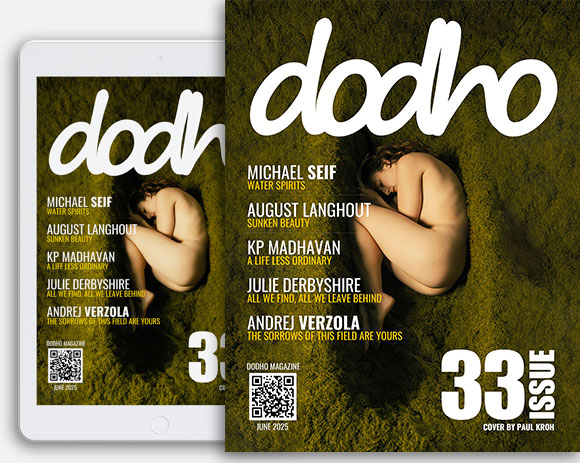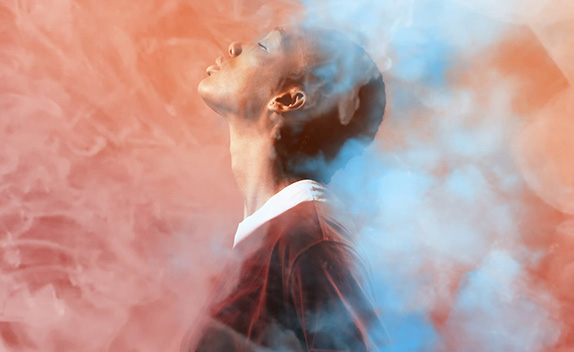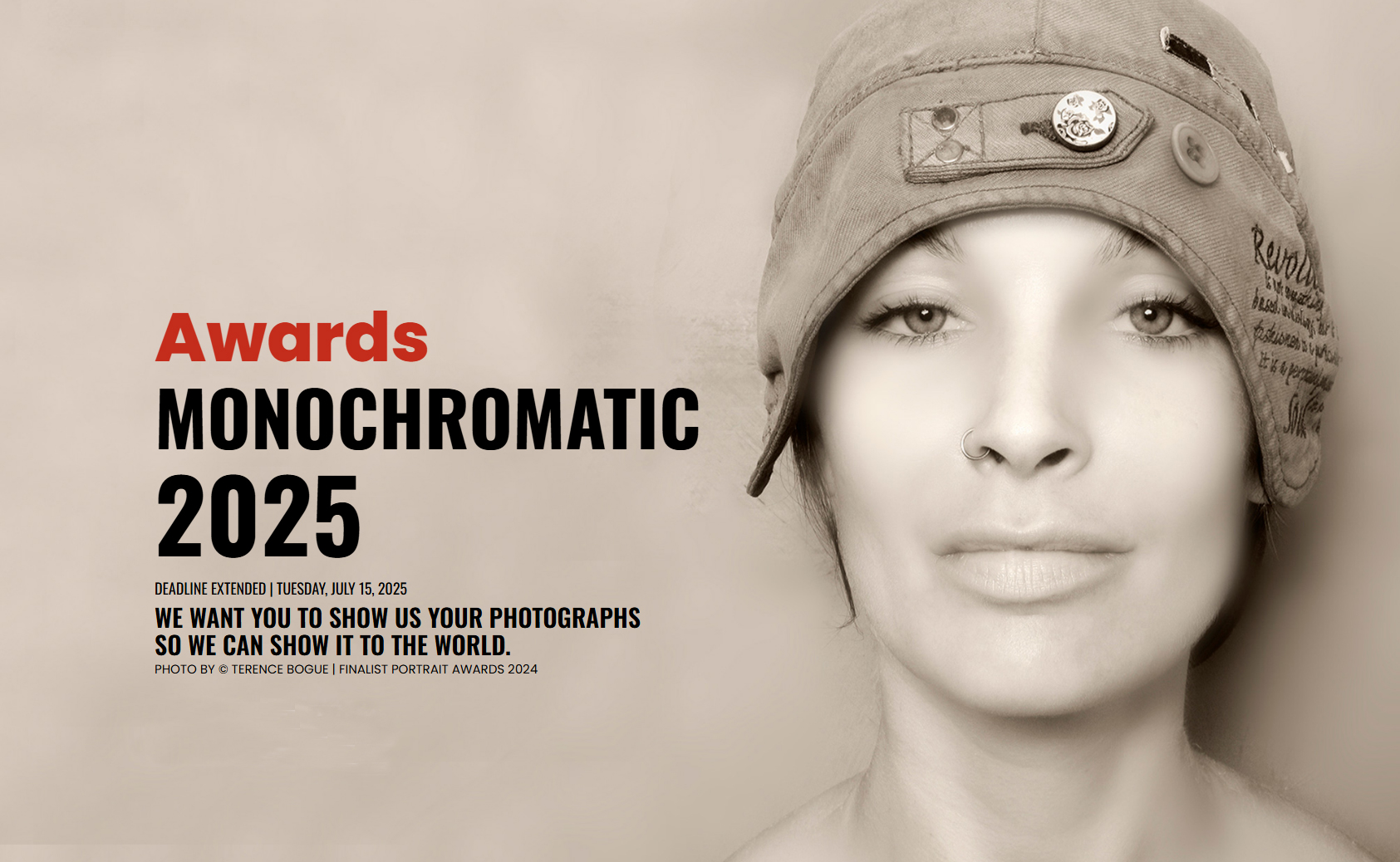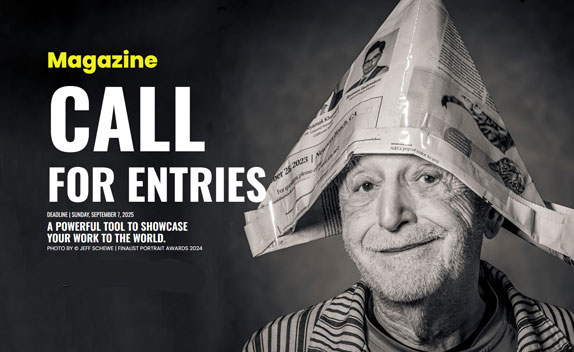Robert Doisneau once confessed that a good photograph is a meeting of luck and preparation, a rendezvous between the unexpected and the ready eye.
If any single frame supports that credo it is the one known simply as The Kiss by the Hôtel de Ville.
Taken in 1950, first published in Life magazine, later printed on posters that would paper dorm rooms and travel agencies for decades, the picture shows a young couple mid stride, lips fused, oblivious to bicycles, buses, and the daily churn of Rue de Rivoli. Passers-by swirl around them in a soft blur, Parisian façades soften in spring light, and the viewer feels something pulse beneath the cobblestones: reassurance that in spite of bomb craters still fresh on Europe’s skin, tenderness had recommenced its quiet work.
The official story for many years was deliciously serendipitous. Doisneau, known for wandering Paris with a Rolleiflex at chest level, supposedly spotted the lovers outside a café, anticipated their kiss, and pressed the shutter at the exact moment their silhouettes aligned with the giant doorway of the Hôtel de Ville. The narrative suited a romantic public hungry for proof that magic existed and that it came free of charge in the form of chance encounters. Only later did the truth leak out: the kiss was staged, the couple were aspiring actors named Françoise Bornet and Jacques Carteaud, and the scene was arranged after they caught the photographer’s attention on the terrace of Le Select in Montparnasse. Doisneau asked if they might repeat their spontaneous display of affection a few blocks away as part of a commission for a Life feature on young love in Paris. They agreed; he chose the spot; they performed three takes; he selected the best. When Bornet auctioned her print in 2005, the back still bore Doisneau’s handwritten note of thanks.
The revelation of orchestration rattled the myth but never cracked it. Instead, it deepened the photograph’s intrigue by exposing the porous border between reality and staging that runs through documentary practice. Doisneau was not a newswire reporter chasing pure facts. He saw the street as theater and himself as director casting ordinary citizens in cameo roles. Rather than diminish his artistry, the admission of staging underscored his cinematic instinct, his ability to script authenticity. The kiss remains believable because Bornet and Carteaud were genuinely in love that day, because the light really did caress the brim of his fedora, because Paris traffic really did whirl behind them in a slow ballet. The set was real; the emotion was real; only the timing was rehearsed.
What compels the eye, generation after generation, is how the photograph distills post-war hope into one elegant gesture. In 1950 France was still rationing sugar and coal, yet reconstruction cranes dotted the skyline, and café terraces filled with veterans comparing scars and poets chasing existentialism. The Kiss condenses that optimism: two young faces tilted toward possibility, framed by architecture that had survived revolutions and occupations and was ready for more. The Hôtel de Ville itself, burned during the Commune of 1871 and rebuilt by stubborn civic pride, provides symbolic scaffolding. It says resilience is an address; love merely rents a corner of it for an instant.
Technically, the image exemplifies Doisneau’s craft. He shot with a Rolleiflex using a square negative that allowed plenty of cropping options later, though he famously printed most frames full. Shutter speed sat around 1/125, fast enough to freeze the embrace, slow enough to let passing figures ghost slightly, emphasizing the couple’s stillness. Aperture hovered near f/8, giving a depth of field that kept background legible without stealing focus. The lunchtime light hits from the photographer’s left, highlighting cheekbones and the shine of Carteaud’s hair, while gentle falloff preserves detail in darker coats. It is a study in monochrome balance: blacks reach inky richness in the man’s suit, whites sing in reflected windowpanes, and midtones hum across pavement and façades. Nothing is blown, nothing is pure silhouette; the tonal scale glides like a cello.
Yet equipment alone does not account for the alchemy. Doisneau’s genius lies in arranging layers. Foreground low left shows a waitress carrying cups, her apron crisp; immediate middle hosts the couple; background lifts into municipal grandeur; far depth dissolves into traffic haze. The eye leaps from plane to plane, collecting context before settling on the kiss which functions as visual anchor. Remove the street life and you would have a studio tableau. Remove the kiss and you would have a competent urban scene but no heartbeat. Together they create tension: mobility versus pause, public bustle versus private bubble, architecture’s permanence versus human ephemerality.
Critics occasionally accuse the image of sentimental kitsch, citing its mass reproduction on calendars and fridge magnets. They argue that tourist consumption bleaches nuance, reducing the photograph to a Valentine cliché. While the critique holds weight, it ignores the complicated journey the picture undertook before hitting souvenir shops. In the early 1950s the print was barely known outside editorial circles. Its explosion into commodity status occurred during the 1980s when poster companies capitalized on renewed fascination with vintage black and white. By then an entire generation raised on color television yearned for tactile nostalgia. Doisneau’s archive offered just that: Parisian charm preserved in silver grains, uncomplicated, portable, reassuring. The Kiss became shorthand for European romance in a decade when the continent was edging toward a single market. Its commercial success therefore mirrors shifting cultural economies, not an inherent superficiality of the frame itself.
Legal drama later punctured the warm glow. In the early 1990s several couples claimed to be the anonymous lovers and sued Doisneau for royalties. One woman insisted she recognized her own nose; another man swore the shoes were his. The photographer, shy by nature, defended himself by revealing Bornet’s signed model release. The lawsuits collapsed yet left a residue of curiosity about authorship, privacy, and profit. Bornet herself never criticized Doisneau; she cherished the print he had gifted her. The episode highlights an irony: a photograph intended to celebrate love ended up in courtroom battles over identity and cash, proving that even the softest images acquire thorns when they enter the marketplace.
Beyond legal intrigue, the photo’s endurance speaks to its open-ended narrative. Unlike wedding portraits that seal a story, The Kiss floats in mid-plot. Are these newlyweds, secret lovers, casual daters? Will they dine on escargot after this or part ways forever? The frame refuses closure, inviting viewers to supply their own sequel. That participatory gap keeps the picture evergreen. A teenager sees budding passion, a retiree sees lost youth, a divorcee sees fragile promises, a city planner sees pedestrian flow. The image absorbs projection like a black velvet curtain swallowing light, then offers reflection.
Doisneau himself remained ambivalent toward the photograph’s fame. He delighted when people smiled at it, yet he feared it overshadowed the rest of his oeuvre: decades of factory gates, suburban playgrounds, working-class ballrooms. He once compared the situation to being a baker who concocts a fine assortment of pastries only to be remembered for a single croissant. Still, by the time he died in 1994, he admitted the kiss had provided comfortable royalties and had introduced many young eyes to street photography. If one doorway leads to the whole house, so be it.
From a craft perspective, modern photographers dissect the image for lessons. One takeaway is the power of staging that respects spontaneity. Doisneau gave minimal direction: stand here, walk there, kiss when you feel like it. He controlled location and framing while allowing emotion to remain authentic. Today’s smartphone culture often flips that ratio, privileging the spontaneity of location (wherever) but micromanaging expressions with endless selfies. The Kiss reminds image makers that emotion looks genuine when performers forget the camera, even if only for a fraction of a second.
Another lesson concerns context. The couple occupies barely ten percent of the picture; the rest is environment. Contemporary portrait trends sometimes blur backgrounds into creamy bokeh, isolating subjects in an aesthetic vacuum. Doisneau invites the city inside the frame, allowing environment to enrich narrative. Aspiring street photographers learn from this that subject and setting can coauthor meaning, that architecture is not backdrop but dialogue partner.
At a sociological level, the photograph condenses mid-century Paris gender codes. Carteaud leans slightly forward, hand pocketed, projecting casual confidence; Bornet tilts upward, clutching school notebooks, embodying postwar female modernity balancing independence with romance. Their clothing signals modest prosperity: he wears a tailored jacket, she dons a fitted coat with shoulder pads echoing Dior’s New Look. Together they project a class neither elite nor impoverished, aligning with a France rebuilding a middle class. In that sense The Kiss functions as aspirational propaganda, suggesting prosperity will return and love will accompany it.
I would never have dared to photograph people like that. Lovers kissing in the street, those couples are rarely legitimate.
Robert Doisneau
Colorization apps frequently resurface the image in pastel tints, but the black and white original retains an almost tactile quiet. Color might distract, turning the embrace into postcard sweetness. Monochrome, by removing literal hues, universalizes sympathy. The viewer attends to gesture, light, timing. Historian Peter Galassi calls black and white the grammar of mid-century humanism. The Kiss conjugates that grammar perfectly: subject pronoun (they), verb (kiss), object (life).
Geographically, the shoot resonates because it occurred beside the administrative heart of Paris. The Hôtel de Ville has witnessed beheadings, proclamations, liberation parades. To photograph a kiss there is to nestle intimacy inside history, as if love could sign civic charters. This interplay of private impulse and public stage echoes through subsequent wedding proposals on Jumbotrons and engagement selfies under national monuments; each borrows the Doisneau equation.
Cinematically, the image foreshadows French New Wave compositions where crowds flow through static frames, extras unaware of being extras. Directors like Truffaut and Godard would later traffic in similar juxtapositions: lovers foregrounded, city pulsating in background, narrative unresolved. It is tempting to imagine that The Kiss seeped into collective visual memory, influencing film grammar even if subconsciously.
In educational contexts, the photograph serves as gateway drug to visual literacy. Teachers use it to discuss rule of thirds (though Doisneau cheats slightly), leading lines (sidewalk stripes point to faces), motion blur, ethics of staging, and historical context. Students nod at the romance, then delve into deeper analysis, discovering that even sweet pictures contain layers of politics and craft.
What of Bornet and Carteaud? Their romance fizzled within months. She pursued acting, eventually marrying another man; he became a wine merchant in the south. They rarely revisited the photograph publicly until late life, when nostalgia softened memories. She said posing felt natural, that Paris always encouraged kisses. He joked that he should have demanded royalties for every poster sold. Their divergent paths underline the photograph’s power to outlive the relationships it depicts. The image becomes truer than the reality it borrowed, a vessel where thousands deposit their own longing.
Standing today on the same corner reveals how urban time mutates scenery yet not feeling. Traffic signals blink LED instead of incandescent, tourists clutch smartphones instead of guidebooks, cafés sell oat-milk lattés beside espresso. Yet couples still pause to kiss, often reenacting Doisneau without knowing his name. The city remains a prop and a participant. Snap a picture now and you join a visual relay race, handing forward the baton of affectionate daydream.
Robert Doisneau’s Kiss by the Hôtel de Ville will likely survive as long as people believe photographs can guarantee tenderness against entropy. It persuades us that one shutter click can suspend chaos long enough for affection to announce itself. The fact that the moment was orchestrated does not discredit the hope it models; on the contrary, it underlines how humans actively construct romance, seeking stages where feelings can reverberate. In that sense, the photograph is not simply a document; it is an instruction manual. It teaches that love thrives when given a backdrop, that the world will rush past anyway, that we might as well steal a kiss before the light changes.
Decades from now historians may debate authorship nuances, identify every passer-by, or map exact shutter coordinates, but the essential heartbeat will persist. Two people, one city, one kiss. Everything else swirls around them and is ultimately background noise. That is the secret Deuxneau revealed to the lens and to us: life is crowded and complicated, but clarity exists in the inches between two faces that decide to meet halfway.






